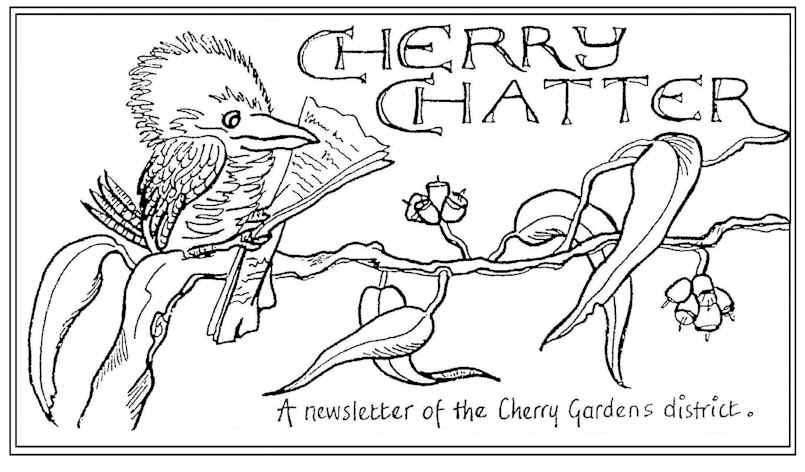CFS Air Support
We have mentioned in recent issues our intention to write a history of CFS Region1 Air Operations Brigade at the Cherry Gardens airstrip. We will publish it by instalments in future issues of Cherry Chatter in the hope that readers:
Will find it interesting
Will respond with any information or recollections that might help us to fill in the gaps.
A History of Region 1 Air Operations Brigade
Aerial Firefighting Support at the Cherry Gardens airstrip
Introduction
Aircraft have been used in firefighting since early in the 20th Century but, until just after the Second World War, they were mainly used in reconnaissance roles.
Much of the early work on water bombing was done by the United States Forest Service and, in Australia, by the Forest Commission of Victoria in collaboration with the Woods and Forests Department in South Australia, the Western Australian Forests Department, Forestry Tasmania, Forestry Commission New South Wales and the CSIRO.
Many water bombing experiments, often using modified military aircraft with a wide variety of bombing techniques, took place during the 1930’s and 1940’s but the real beginning of aerial water bombing in Australia was in 1967 when two Piper Pawnees took off from Benambra in Victoria and made 15 drops of a fire retardant slurry on a small lightning-strike fire.
In South Australia, although aircraft had been used sporadically in previous years, the first official operations began in 1984. The front cover of December 1984’s “The Volunteer Annual”, the Official Journal of the CFS South Australia, featured a photograph of a D.H.C. 2 Beaver dropping retardant and an article in that issue of the Journal reported that the Government had provided funds that year to conduct an aerial retardant program. The first operational flight took place on 17 December 1984 when the Beaver dropped four loads on a fire at Heathfield.
Aerial operations continued during the ensuing fire season and the following issue of “the Volunteer”, published in March 1985, reported that “success of aerial fire-bombing over the past summer means that it is here to stay as a method of fire suppression and control.”
Firebombers don’t usually extinguish bushfires; the work of the ground crews is essential for that - but the 1984-85 trials convinced the authorities that they do provide access to otherwise inaccessible areas and they can slow fire development to allow machinery in to create or clear access tracks. Their main advantage though, is that their capacity for quick response produces a substantial improvement in the chances of the first attack on a fire being successful. Their effectiveness in that regard drops off significantly, of course, as their response time increases, hence the need for localized support at airstrips close to the fire and the need for trained personnel at those airstrips who can re-fill the aircraft quickly and efficiently with water and additives after a water bombing attack.
For this first instalment, the “Introduction”, it would be useful to have any details about the first official operation on 17 December 1984 particularly since the fire was so close to home at Heathfield e.g. Where were the bombers were based?
If you have anything at all about this or later history of the airstrip, please email lenkidd2@internode.on.net with the information or to arrange a discussion.

